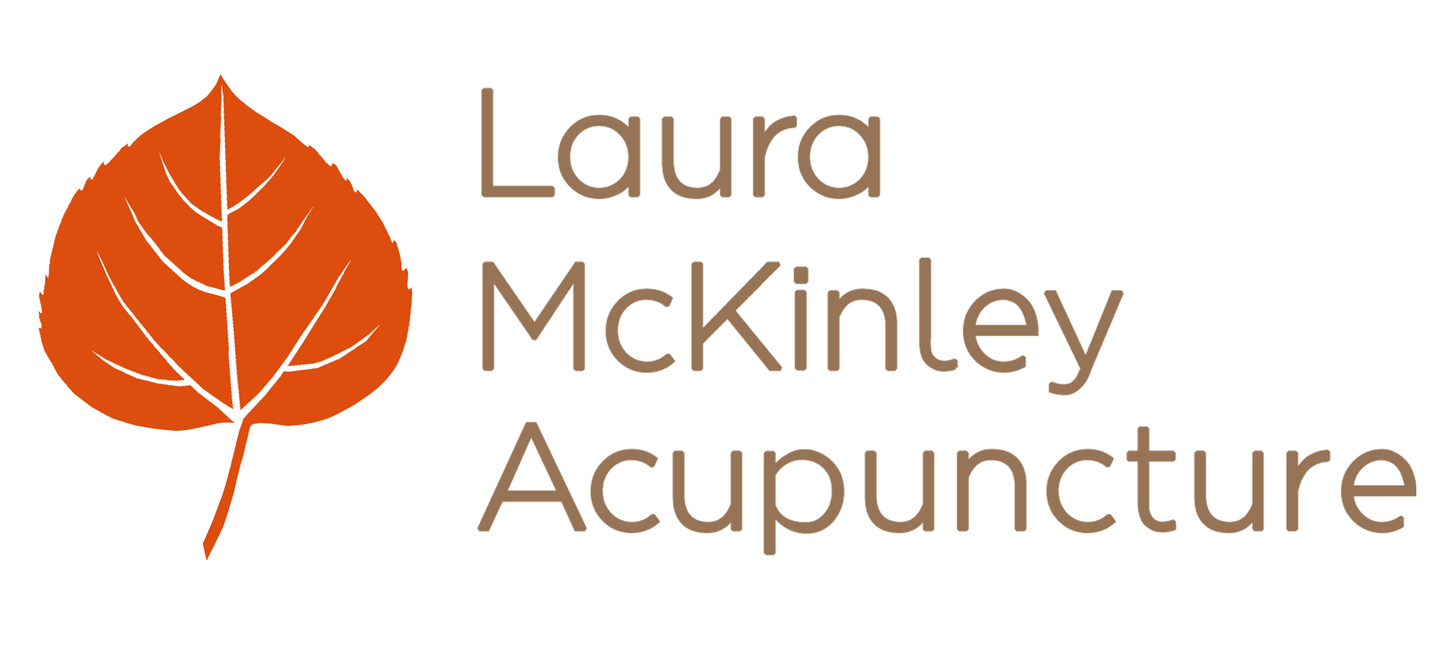Intro to The Five Elements
/Along with yin and yang theory, the core of Asian medicine revolves around the five natural elements: wood, fire, earth, metal, and water. Within the body, each element exists as a microcosm of its existence in the outside world. Each element is associated with an organ, an acupuncture meridian, a season, a body tissue, a smell, a flavor, and more. The elements interact with one another in predictable manners in nature as well as in the body. Acupuncturists learn how the elements interact and then apply this knowledge to each patient to determine why a particular symptom is present, how best to bring the body back into harmony with the elements to alleviate the symptom, and how to stabilize the elements to prevent future symptoms from arising. Five Element Theory has many layers; this post is meant to serve merely as an introduction to the five elements and one of the many ways they can interact in the body.
Read More



